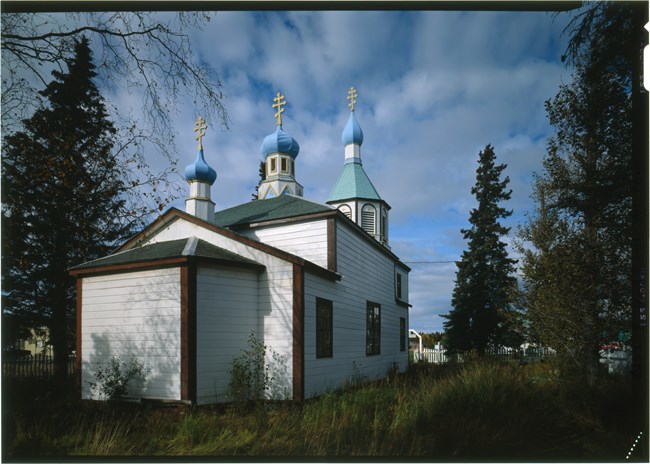
NPS / HABS / Jet Lowe (1990)
The Historic American Buildings Survey (HABS) is the nation's first federal preservation program, begun in 1933. As such, it established methodologies that are now standard practice within the field such as the surveying and listing of historic sites and the creation of documentation for public benefit. It was founded through a unique private-public partnership with the National Park Service (NPS), Library of Congress (LC), and the American Institute of Architects (AIA) to record America's architectural heritage. Creation of the program was motivated primarily by the perceived need to mitigate the negative effects of rapidly vanishing architectural resources upon our built environment, history, and culture. While creating a lasting publicly accessible archive for future generations, the rich HABS collection of period-specific architectural details also aids in the restoration and rehabilitation of historic properties as well as new designs based on historical precedents. As a national survey, the HABS collection is intended to represent "a complete resume of the builder's art." Thus, it ranges in type and style from the monumental and architect-designed to the utilitarian and vernacular, including a sampling of our nation's vast array of regionally and ethnically derived building traditions to tell all American stories. The significance of the program lies not just in the broad scope and public accessibility but in the establishment of guidelines for documentation based on the field testing of recording technologies for use within the context of the Secretary of the Interior's Standards. Likewise, HABS provides training for the next generation of historical architects, historians, and preservationists through its summer recording program and student competitions.
Last updated: September 20, 2023
